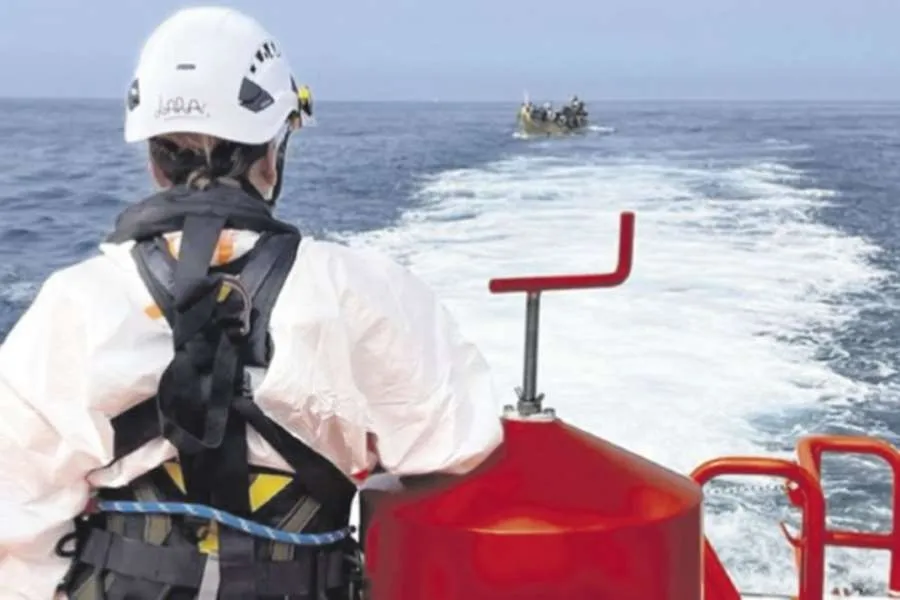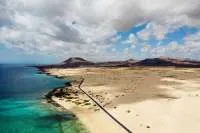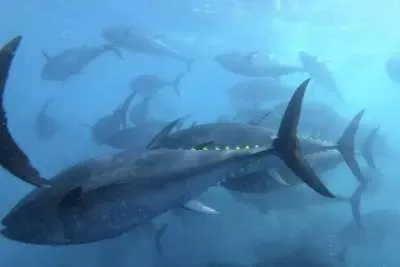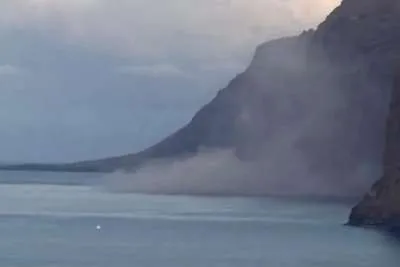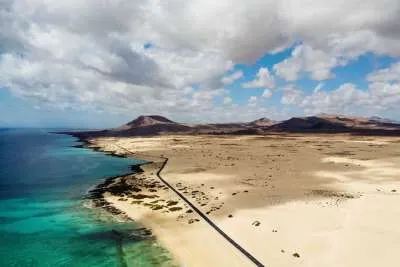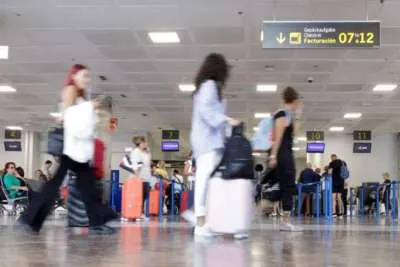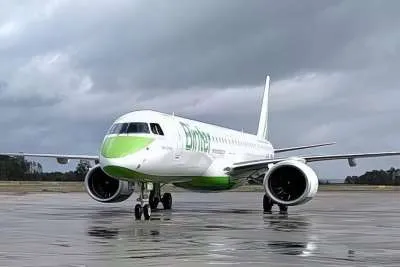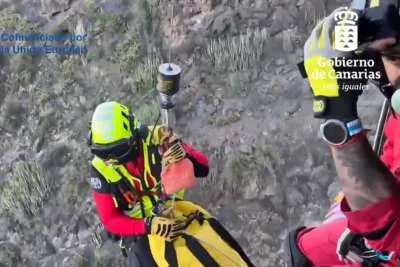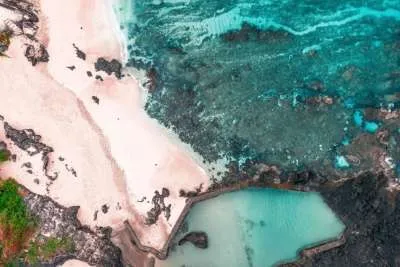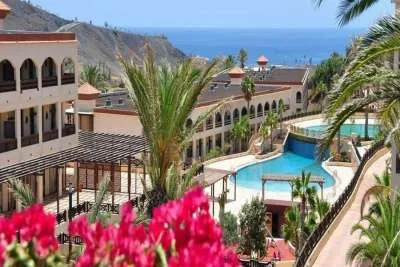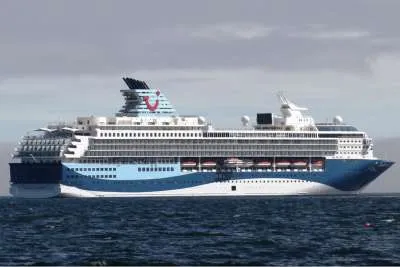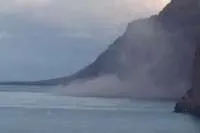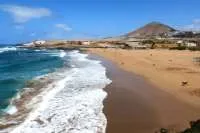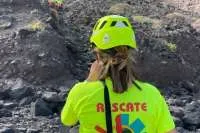Surge in migrant arrivals as calm October seas bring back the larger boats
- 20-10-2025
- National
- Maritime Rescue
- Photo Credit: Maritime Rescue
The calm Atlantic seas of October have once again reopened the perilous migration route from West Africa to the Canary Islands, as almost 800 people have arrived across four islands in just one week. Authorities report that four large wooden cayucos and several smaller inflatable boats reached El Hierro, Tenerife, Lanzarote, and Fuerteventura over the past seven days.
Despite a 59% drop in overall arrivals so far this year (up to 15th October), according to Spain’s Ministry of the Interior, the improvement in sea conditions has triggered a sharp rise in crossings this week.
Since last Monday, 779 migrants have survived the crossing, one of the most dangerous in the world, although between three and five people are feared missing after trying to swim to a cargo ship that was assisting a semi-sunken inflatable boat 83 kilometres northeast of Lanzarote. Fifty-five survivors, including 11 women and two minors, were rescued by the Guardamar Polimnia and taken safely to shore. This tragedy adds to the 400 deaths recorded so far this year on the route.
Elsewhere, the Salvamar Acrux brought 51 migrants, 49 men and two women of Maghrebi origin, to the port of Arrecife after being spotted by a Maritime Rescue aircraft 78 kilometres off Lanzarote. On the same day, a large cayuco arrived at La Restinga, El Hierro, carrying just 28 men, including three minors. The unusually low number of passengers and surplus of supplies led police to suspect the group may have been intercepted during boarding operations in Kamsar, Guinea, over 2,000 kilometres away.
Two days earlier, El Hierro had already received a “supercayuco” with 230 people on board, including 13 women and six children. Three of the migrants were taken to the Virgen de los Reyes Hospital for treatment. The vessel had been detected 18 kilometres south of the island by Spain’s coastal surveillance radar system (SIVE).
Another large cayuco, carrying 206 people, reached Los Cristianos (Tenerife) after being met 11 kilometres off Punta Rasca by the Salvamar Alpheratz. The migrants said they had departed from Gambia, stopped briefly in Senegal, and spent eight days at sea before reaching Tenerife.
Over the weekend, a further 99 migrants, including ten women and four minors, arrived under their own power at La Restinga, while an inflatable boat carrying 58 people, 14 women and one child, landed on Fuerteventura’s southern coast at Morro Jable. A day earlier, another 52 Maghrebi migrants had reached Arrecife, Lanzarote, in a small zodiac.
With the calm autumn seas expected to continue, Maritime Rescue, the Red Cross, hospitals, and reception centres across the islands, particularly on El Hierro, the main arrival point, are bracing for more arrivals in the coming weeks.
Even so, the total number of arrivals in 2025 is likely to remain far below last year’s record-breaking figure of 46,843 migrants, as the Ministry of the Interior has so far logged 13,491 arrivals up to mid-October.
Most of those making the dangerous voyage are fleeing poverty, conflict, and climate change, though the situation is compounded by instability in the Sahel, Russian influence in the region, and cuts to international aid. According to the latest Frontex Annual Risk Analysis 2025–26, high migratory pressure on the Canary Islands is expected to persist through the end of the year as these humanitarian crises deepen.
Other articles that may interest you...
Trending
Most Read Articles
Featured Videos
A Vision of Elvis Tenerife Promo
- 10-05-2025
TEAs 2025 Highlights
- 17-11-2025


